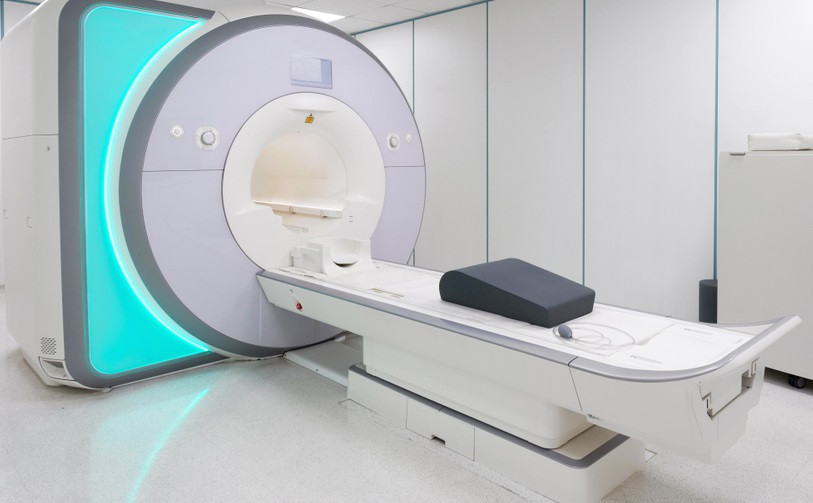
Introduction:
Afghanistan has faced numerous challenges in providing its citizens with access to quality healthcare services. In this environment, teleradiology outreach programs have emerged as a promising solution to bridge the diagnostic gap and bring much-needed expertise to the country. This article explores the impact and potential of these programs in Afghanistan’s healthcare system.
Challenges in Afghan Healthcare:
- Shortage of Radiologists: Afghanistan has a significant shortage of radiologists, especially in rural and remote areas. This scarcity limits the availability of essential diagnostic services.
- Geographic Barriers: The country’s mountainous terrain and ongoing security issues make it difficult for patients to access healthcare facilities, particularly in rural regions. The result is delayed diagnosis and treatment.
- Lack of Infrastructure: Inadequate healthcare infrastructure and limited access to advanced medical technology hinder the delivery of timely and accurate healthcare services.
- Healthcare Disparities: There are significant disparities in healthcare access between urban and rural areas. Teleradiology outreach programs can help mitigate these inequalities.
The Role of Teleradiology Outreach Programs:
- Remote Expert Consultations: Teleradiology outreach programs connect remote healthcare facilities with a network of experienced radiologists. This enables healthcare providers in Afghanistan to consult with experts, leading to more precise diagnoses and improved patient care.
- Swift Diagnosis: The efficient transmission of medical images through teleradiology ensures that patients receive timely diagnoses, even in the most remote locations. This significantly reduces diagnostic delays and saves lives.
- Capacity Building: Teleradiology programs often include training for local healthcare professionals. This not only enhances their skills in using digital imaging technology but also empowers them to contribute to the development of healthcare services in their communities.
- Equity in Healthcare: Teleradiology outreach programs help level the playing field by providing access to expert diagnostic services in underserved areas. This reduces healthcare disparities between urban and rural regions.
Challenges and Considerations:
- Infrastructure Development: The success of teleradiology outreach programs depends on adequate telecommunication infrastructure and internet access. These areas may require substantial investment.
- Regulatory Framework: Ensuring patient data security and privacy is critical. A well-defined regulatory framework is necessary to maintain quality control and international healthcare standards.
- Training and Education: Continuous training and education for healthcare professionals are vital to maximize the benefits of teleradiology outreach programs.
- Financial Sustainability: Finding sustainable funding models is essential to ensure the long-term viability of these programs.
Conclusion:
Teleradiology outreach programs are making a significant impact in Afghanistan by addressing the shortage of radiologists, reducing diagnostic delays, and improving healthcare equity. While challenges such as infrastructure development, regulations, training, and funding remain, the potential for these programs to transform Afghanistan’s healthcare system is undeniable.
The continued growth and implementation of teleradiology outreach programs can serve as a model for delivering specialized medical expertise to resource-constrained regions globally. By leveraging technology and collaboration, Afghanistan has a unique opportunity to improve the lives of its citizens and create a brighter and healthier future.
Service Areas:- East Singhbhum – Agrico, Azadnagar, Baharagora, Baridih Colony, Bistupur Bazar, Bistupur Gate, Burma Mines, Chaibasa, Chakulia, Dhalbhum, Dhalbhumgarh, Dumaria, East Singhbhum, Ghatshila, Ghatsila, Gobindpur, Golmuri, Indranagar, Jadugoda, Jamshedpur, Jugsalai, Kadma, Mahulia, Mahulia, Mango, Mango Notified Area, Mosabani, Moubhandar, Patamda, R.c.project, Rahargora, Sakchi, Sundarnagar, Tatanagar; Garhwa – Bhawnathpur, Kandi, Majhiaon, Ramna, Nagaruntari, Dhurki, Dandai, Chinia, Meral (Pipra Kalan), Garhwa, Ranka, Ramkanda, Bhandaria; Giridih – Tisri, Deori, Dhanwar, Jamua, Bengabad, Gande, Giridih, Birni, Bagodar, Dumri, Pirtanr; Godda – Thakur Gangti, Boarijor, Mahagama, Pathargama, Godda, Poreyahat, Sundar Pahari; Jamtara – Fatehpur, Karma Tanr Vidyasagar, Kundhit, Nala, Narayanpur.
